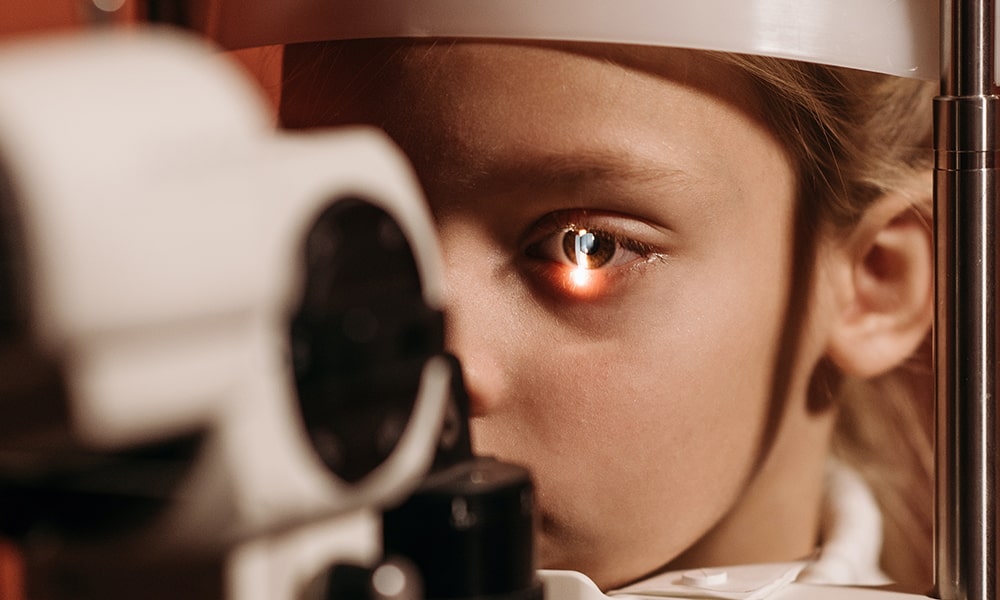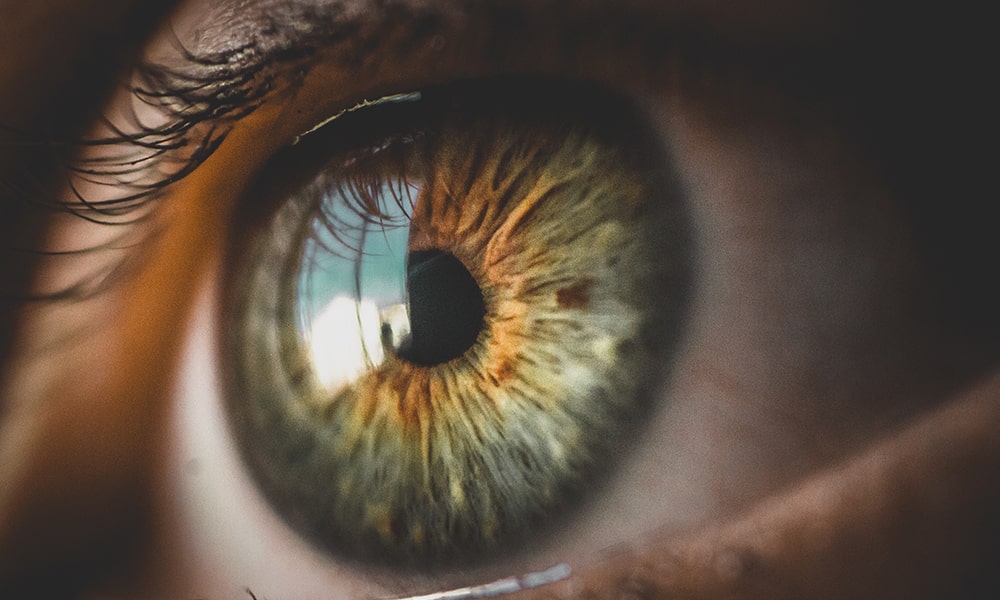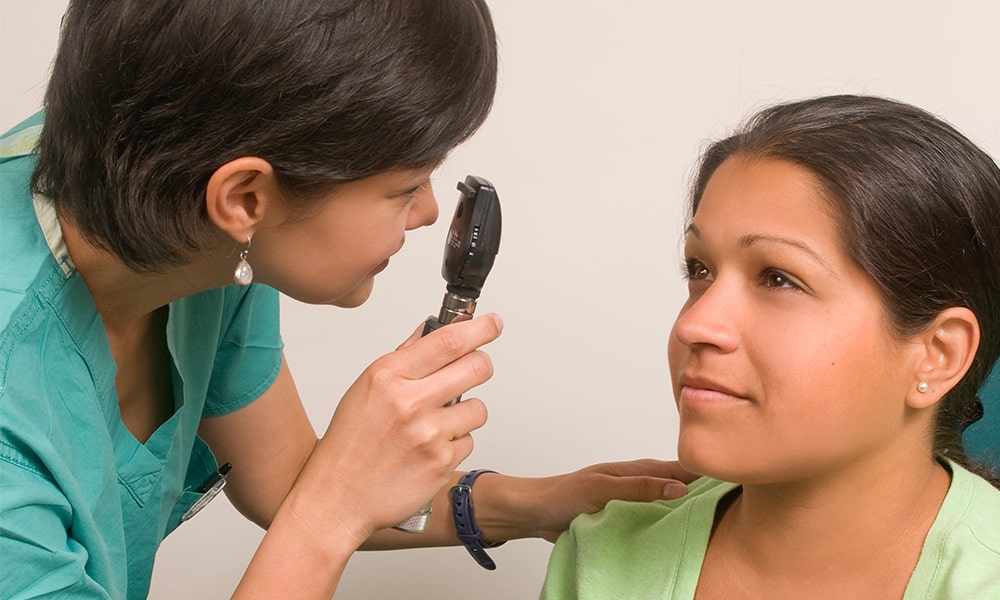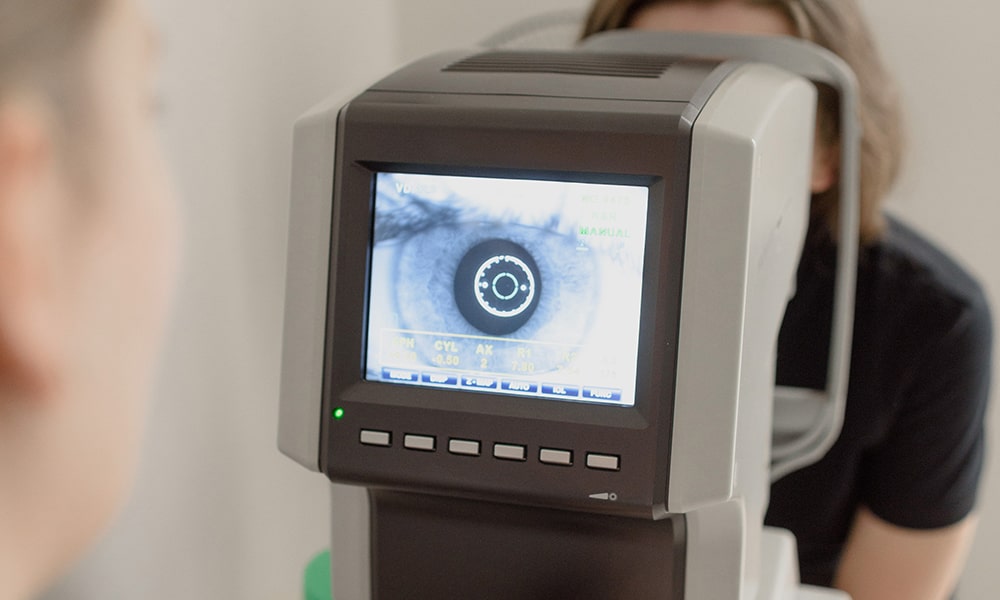
Macular degeneration, also known as age-related macular degeneration (AMD), is a leading cause of vision loss in older adults. Many patients diagnosed with this condition wonder about the progression of the disease and how long it might take for them to lose their vision. In this article, we delve deep into the timeline, factors influencing the progression, and some preventive measures that can be taken.
What is macular degeneration?
Macular degeneration, commonly referred to as age-related macular degeneration (AMD), is one of the most prevalent causes of visual impairment among older adults in the UK and worldwide. It targets the macula, a vital component of the eye’s retina.
Understanding the macula
The retina is the light-sensitive tissue lining the back of the eye, responsible for receiving light and converting it into neural signals that the brain interprets as visual images. Situated in the center of the retina is the macula, a tiny but exceptionally significant area that governs our central vision. This central vision is crucial for tasks that require sharp, detailed sight such as reading, recognising faces, and driving.
Types of macular degeneration
There are two primary forms of AMD, each with its unique characteristics and progression patterns:
- Dry AMD (Atrophic): This form is the most common, accounting for around 90% of all AMD cases. Dry AMD arises when the macula’s tissues gradually thin over time, coupled with the accumulation of drusen, tiny yellow deposits. Although dry AMD tends to progress at a slower pace than its wet counterpart, it can still lead to significant visual decline, especially in its advanced stages.
- Wet AMD (Neovascular): Wet AMD is less common but poses a more immediate threat to vision. It materializes when new, abnormal blood vessels grow under the retina, often leaking blood or fluid. This leakage distorts the macula, resulting in rapid and severe vision loss. Without timely treatment, wet AMD can cause irreversible damage.

Progression timeline
The progression of macular degeneration can differ greatly among patients, with some experiencing a slow decline over many years, while others may face swift and acute vision loss, especially with wet AMD. The general stages of progression include:
- Early stage: This initial stage often flies under the radar, with many individuals experiencing no evident symptoms. It’s commonly diagnosed through routine eye exams which might reveal the presence of medium-sized drusen deposits. Vision is typically unaffected at this stage.
- Intermediate stage: As AMD progresses to this stage, some mild vision loss or visual distortions may begin to manifest. This stage is often characterized by larger drusen deposits or noticeable pigment changes in the retina. Still, many people might not experience drastic symptoms, making regular eye check-ups crucial for timely detection.
- Late stage: By this advanced stage, significant vision impairment is usually evident. The central vision becomes increasingly blurry or wavy, and dark or empty spots may appear in the field of vision. Activities like reading, driving, or recognising faces can become increasingly challenging. Depending on whether one has dry or wet AMD, the severity and rapidity of vision loss can differ.
💡 Read more: What Are the Symptoms of Macular Degeneration?
Given the variability in progression speed and the potential for swift vision loss, especially in cases of wet AMD, it’s of utmost importance for individuals at risk or those with early-stage AMD to have regular eye examinations. This ensures timely detection and intervention, which can significantly impact the disease’s trajectory.

Factors influencing the speed of progression
Macular degeneration’s progression rate isn’t consistent across all affected individuals. Several factors come into play that can either accelerate or decelerate the development of the condition. Here are some of the main causes of AMD and the speed it progresses:
Type of AMD: As highlighted earlier, wet AMD typically progresses at a much faster rate than dry AMD. While dry AMD might evolve over several years or even decades, wet AMD can lead to significant vision loss in a matter of months.
Age: While AMD is already age-related, the older an individual is when first diagnosed, the greater the likelihood of a quicker progression. As the eye ages, its vulnerability to further deterioration increases.
Genetics: Certain genetic markers and family histories indicate a predisposition to AMD. Individuals with a family history of the disease may find their condition advancing more rapidly than those without such a history.
💡 You might like this guide: Is Macular Degeneration a Disability?
Smoking: It’s well-documented that smoking exacerbates the progression of AMD. The harmful toxins in cigarettes and tobacco products contribute to retinal damage, increasing the speed at which AMD develops and intensifies.
Diet and lifestyle: Nutritional deficiencies, especially in antioxidants and specific minerals, can play a role in AMD’s progression. Conversely, a balanced diet rich in leafy greens, fish, and other eye-healthy foods can potentially slow down the disease’s development.
Cardiovascular health: There is growing evidence to suggest that individuals with heart diseases or high blood pressure may experience a quicker progression of AMD. Maintaining good cardiovascular health through exercise and a balanced diet can be beneficial.
Can you prevent vision loss from AMD?
While there’s no cure for macular degeneration, there are steps you can take to potentially slow its progression:
- Regular eye exams: Early detection is crucial. The earlier you detect it, the sooner you can take measures to slow its progression.
- Stop smoking: If you smoke, quitting can reduce the risk of AMD progressing rapidly.
- Healthy diet: A diet high in green leafy vegetables, fish, and fortified cereals can potentially help slow the progression.
- Protection from UV light: Wear sunglasses that block harmful ultraviolet (UV) rays.
- Vitamins and supplements: Some studies suggest that certain vitamins and minerals might reduce the risk of developing advanced AMD. Our Eyesight Plus AREDS 2 Vitamins help to maintain eye health.
Treatments and interventions
For those who have developed wet AMD, treatments like anti-VEGF injections can help slow the growth of the abnormal blood vessels causing the condition. Laser therapy is another option, although it’s less commonly used now. For dry AMD, the focus is on lifestyle changes and, in some cases, vitamin supplements.

The effects of AMD vary
In conclusion, the time it takes for someone to lose vision due to macular degeneration varies widely. While some may not experience significant vision loss for years or decades, others, especially those with wet AMD, might see a rapid decline. Regular check-ups, a healthy lifestyle, and early intervention are the best ways to manage the disease and prolong clear vision.





